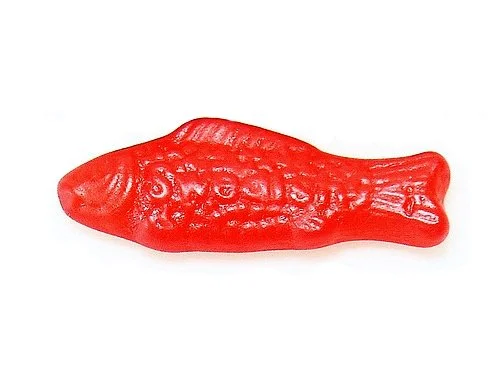The first time I published a book— many a long year ago—it was a trade book, which means that it was a book for everybody, not just for a small group of people. I had asked an agent if she would be interested in representing a book about various iconic signs in our culture. She turned down the proposal, but then said, “This chapter on the meanings of blonde hair— I would represent this as a book, if you include your own experiences in it.” So I got a book contract and wrote a book about blonde hair. And since then I have been the person you email if you’re a Norwegian filmmaker doing a series on blondes, or a Canadian television producer tracing the roots of the Marilyn Monroe myth. Blonde was not an expertise I had ever imagined having. But one gets used to things.
When that book came out I suddenly became a writer-of-books, and my life became focused around talking about the ways we make meaning and the ways we tell each other how we should be and how we should design. After the publication date, I spent days in my very cool microphone headset doing drive-time spots on radio shows one after another, being driven in limos to all kinds of radio and TV stations, sitting on numerous television show couches trying to look vibrant as the host made jokes about my hair, and signing books at huge book signings at big bookstores. This attention turned my head instantly, and I became a total prima donna, expecting bottled water and snacks at every turn. However, the prima donna side of things deflated pretty quickly after those first halcyon days.
I wrote that book to prove that I could do something, having had a rather adventurous but unproductive life up until that point. And its coming out did a lot to banish the horrible insecurity, lack of self esteem and constant depression that, up until that success, I had thought were just normal parts of life.
After a few years, I got enough steam up to write a second book. Chasing the Perfect did not adopt as obvious a persona. It was a memoir of not fitting into the Modernist agenda, and I wrote it for a small publisher. It was written only for designers—a tiny audience compared to that of the first book. Because she liked my writing, the editor of Metropolis Magazine and the Metropolis book imprint had strong-armed this publisher into publishing the book. But the publisher didn’t like it from the get-go, and I sat in meetings in which whispering assistants talked about each other and rolled their eyes while we were supposed to be planning marketing strategy.
Luckily, Metropolis had my back, took up the slack, and threw me all kinds of huge book parties at very chic manufacturers of architectural fittings and such, all over the place. Chasing the Perfect did a lot for me. It gave me a voice in the design conversation.
I wrote that book to get back at people, to get back at the Modernist agenda to which I had been forced to comply as a designer and graduate student. I did not yet have a larger view of the context in which I had suffered those hurts. I did not realize how much of my pain was personal, how much projected, how much the result of Design’s history up until that point. But writing that book helped me process those hurts. And the parties and beauty of the finished product turned pain into profit.
Years have gone by, and I have just published a third book: Writing for the Design Mind. I wrote it for completely different reasons from the ones that powered the other two books. I was not sorting myself out of the various identities offered by our culture. I was not striking back at Design. An editor at Bloomsbury thought it might be a good idea for me to write a book about writing, a book aimed specifically at designers. I thought it might be a good moment to write down some things I tell my students, and to gather the bits and pieces of thoughts I’ve had along the way. The book is neither a trade book nor a “design book,” it’s a writing handbook, and it’s published by an academic press. The print run is tiny compared to a trade book. As my sister’s chemistry teacher once said to her, “We’re operating in the ballpark of infinitesimally small amounts.” My agent felt the book too small to represent, though she did give me some good advice along the way.
The book came out a few days ago to posts in social media and some lovely remarks from friends on those posts. We’ve got a few book signings and a couple of small parties planned, but they’re more about the victory of conclusion than about a big tah-dah. It’s strange that the roll-out is so completely satisfying.
Or maybe it’s not so strange. It’s the book I wish I’d had. It’s the book I wish I could have slipped to the students I’ve known who worried that what they had to say was not enough, that how they said it could never be right, that their voices might never be heard.

